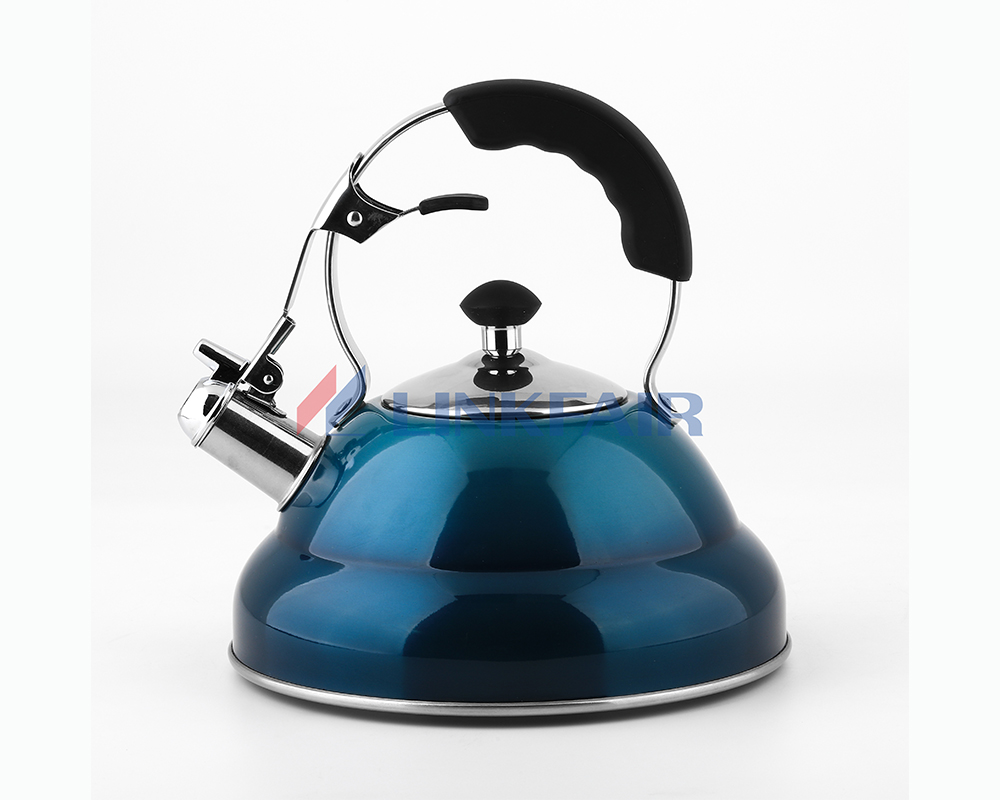
Induction Kettle For Boiling Water: Where Speed Meets Sustainability
In the modern kitchen, appliances have evolved beyond their conventional forms to embrace technology and enhance our culinary experiences. Among them, the induction kettle stands out as a testament to efficient design and advanced engineering. In a world that demands both speed and sustainability, the induction kettle takes the simple act of boiling water and elevates it to a new level of precision and efficiency.
The key components and features of an induction kettle further exemplify its technological prowess. A copper coil within the kettle's base serves as the conductor of the electromagnetic energy, while a control panel allows users to set precise temperature levels. Moreover, the absence of a traditional heating element means the kettle's base remains cool to the touch, mitigating the risk of accidental burns.
Minimizing heat loss is another notable advantage. Conventional kettles lose heat through the sides and the lid, requiring more energy to maintain the desired temperature. Induction kettles, however, generate heat within the water itself, reducing heat loss and ensuring that the water remains hot for longer periods. This not only saves energy but also caters to the convenience of those who enjoy multiple cups of tea or coffee throughout the day.
The impact on energy consumption is profound. The efficiency of induction kettles leads to a significant reduction in electricity usage, aligning with the global push towards sustainable living. By embracing this innovative kitchen appliance, users contribute to a greener future without compromising on their daily routines.
The keep-warm functionality is a cherry on top. This feature maintains the water temperature for extended periods, ensuring you can savor your hot beverage at your own pace. No more rushing to finish your cup before the water cools down – the induction kettle has your back.
Enhanced safety measures are also integrated into the design of induction kettles. The absence of an exposed heating element drastically reduces the risk of accidental burns, making it a family-friendly appliance. The cool-to-touch base and automatic shut-off feature further enhance its safety profile, providing users with peace of mind as they go about their daily routines.
Understanding Induction Kettles
Induction kettles operate on a principle that might seem like magic to the uninitiated. Behind their sleek exteriors lies the science of induction heating, where electromagnetic fields interact with the kettle's base, rapidly generating heat within the kettle itself. This process eliminates the need for direct heating elements, making the induction kettle not only safer but also more energy-efficient.The key components and features of an induction kettle further exemplify its technological prowess. A copper coil within the kettle's base serves as the conductor of the electromagnetic energy, while a control panel allows users to set precise temperature levels. Moreover, the absence of a traditional heating element means the kettle's base remains cool to the touch, mitigating the risk of accidental burns.
Advantages over Conventional Kettles
The advantages of induction kettles over their conventional counterparts are manifold. Firstly, their rapid boiling capability redefines our perception of speed. A task that once demanded patience can now be completed in a fraction of the time, thanks to the efficient induction heating process. Additionally, the elimination of direct heating elements translates to minimal heat loss, contributing to energy conservation and reducing the strain on your electricity bill. Let's take a further look.Efficiency and Energy Conservation
The efficiency of an induction kettle stems from its ability to boil water in record time. Traditional kettles often rely on the transfer of heat from the element to the water, a process that can be slow and wasteful. In contrast, induction kettles directly heat the water through electromagnetic waves, resulting in faster boiling and minimal energy dissipation.Minimizing heat loss is another notable advantage. Conventional kettles lose heat through the sides and the lid, requiring more energy to maintain the desired temperature. Induction kettles, however, generate heat within the water itself, reducing heat loss and ensuring that the water remains hot for longer periods. This not only saves energy but also caters to the convenience of those who enjoy multiple cups of tea or coffee throughout the day.
The impact on energy consumption is profound. The efficiency of induction kettles leads to a significant reduction in electricity usage, aligning with the global push towards sustainable living. By embracing this innovative kitchen appliance, users contribute to a greener future without compromising on their daily routines.
Precision and User Experience
Induction kettles do not merely prioritize speed and efficiency; they also offer a refined user experience. With customizable temperature settings, users can achieve the perfect water temperature for different beverages, unlocking a world of flavors and aromas that might go unnoticed when using a conventional kettle.The keep-warm functionality is a cherry on top. This feature maintains the water temperature for extended periods, ensuring you can savor your hot beverage at your own pace. No more rushing to finish your cup before the water cools down – the induction kettle has your back.
Enhanced safety measures are also integrated into the design of induction kettles. The absence of an exposed heating element drastically reduces the risk of accidental burns, making it a family-friendly appliance. The cool-to-touch base and automatic shut-off feature further enhance its safety profile, providing users with peace of mind as they go about their daily routines.

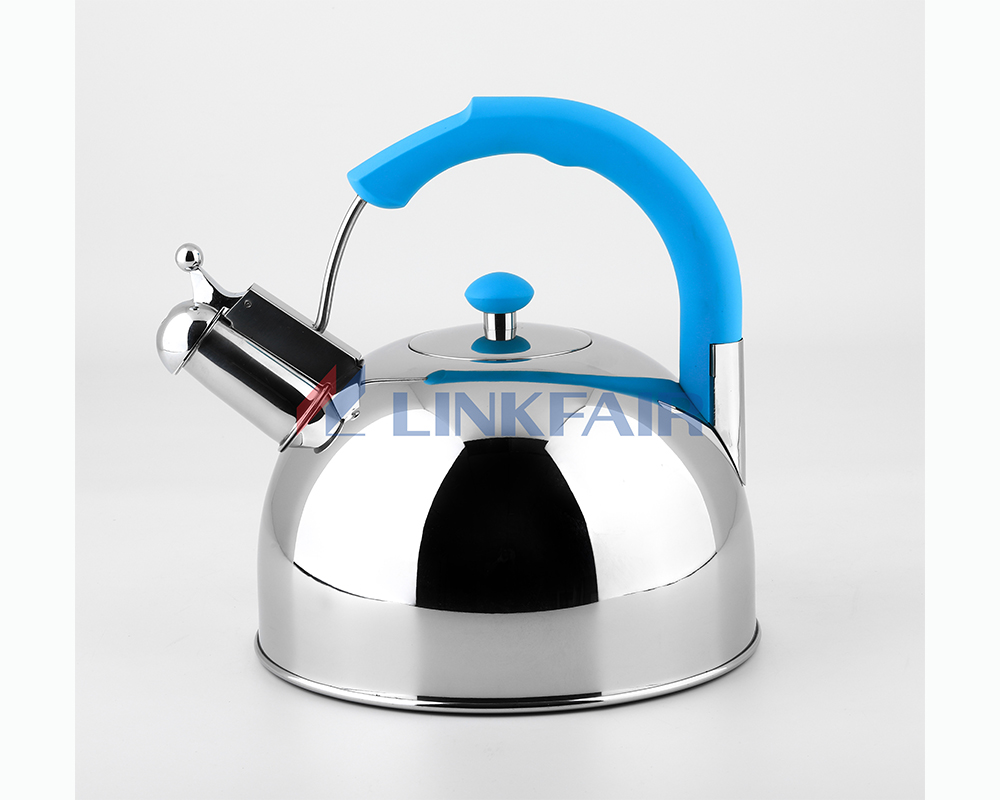
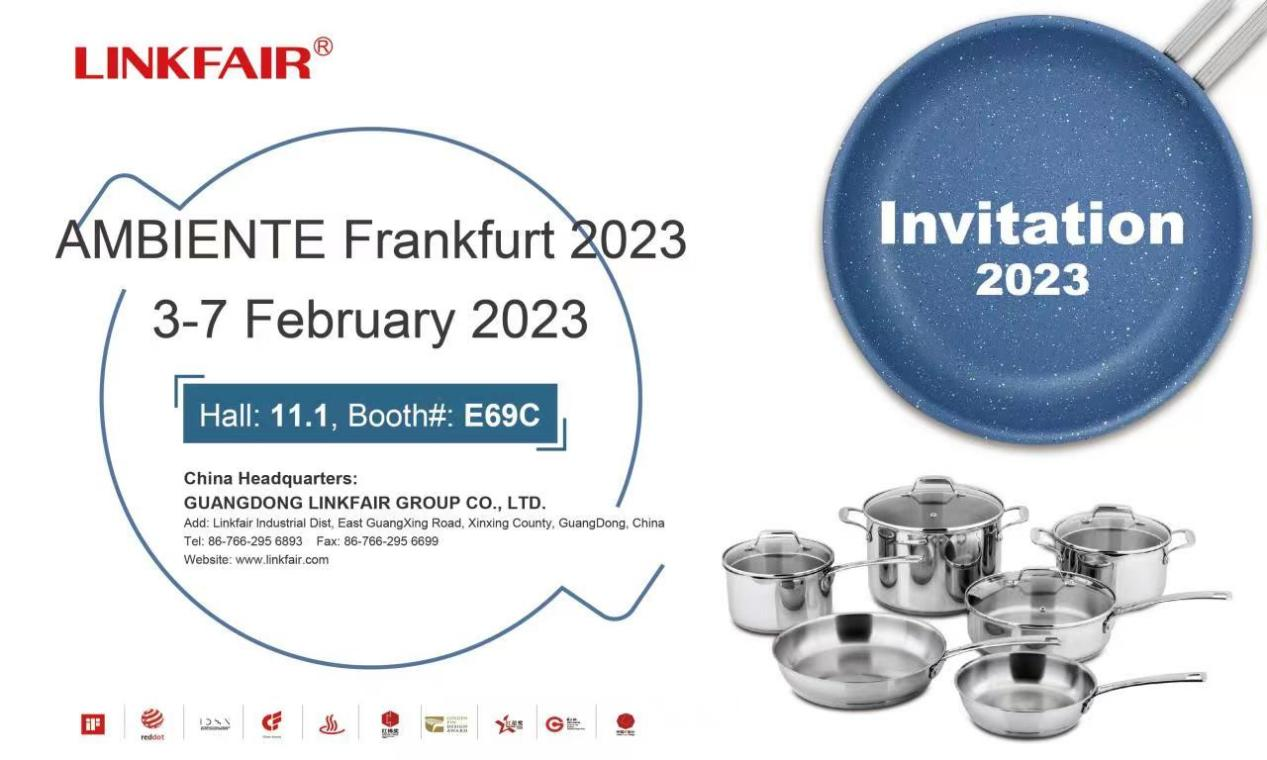
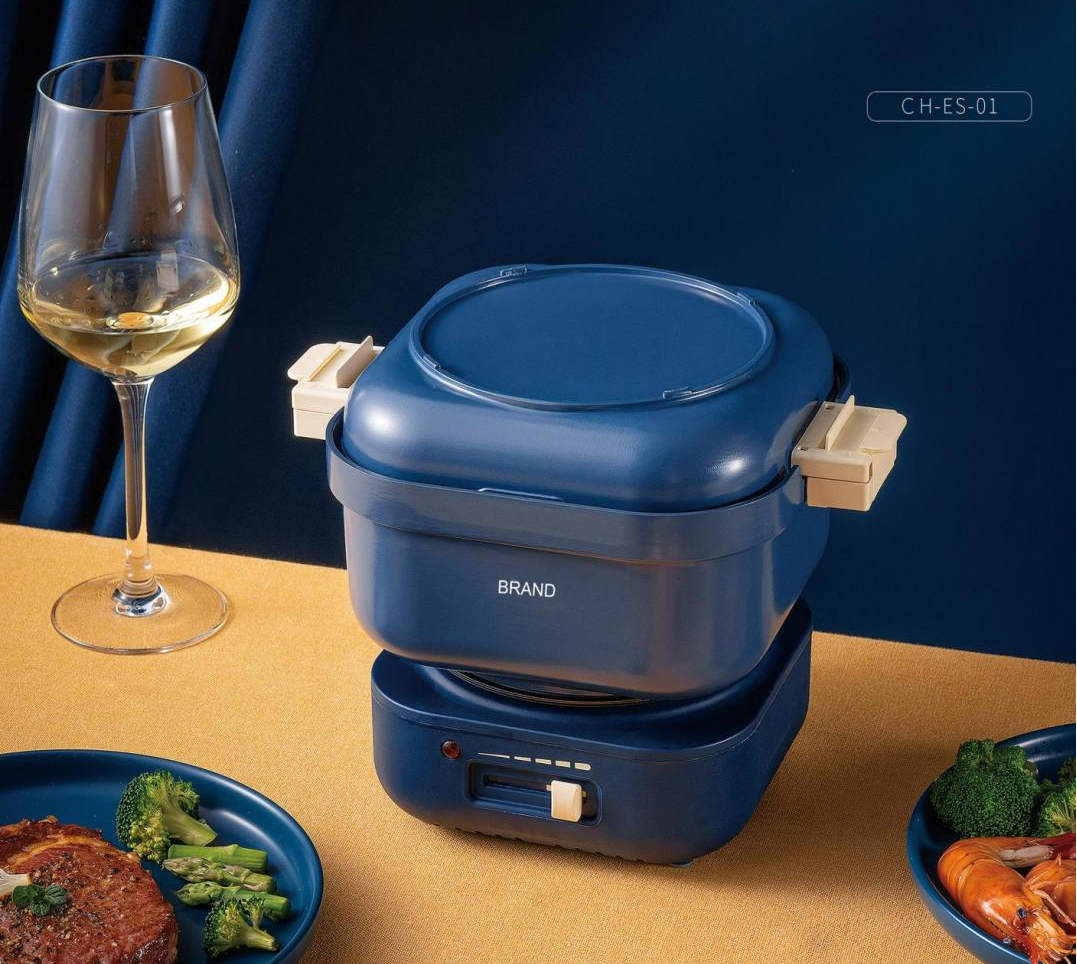


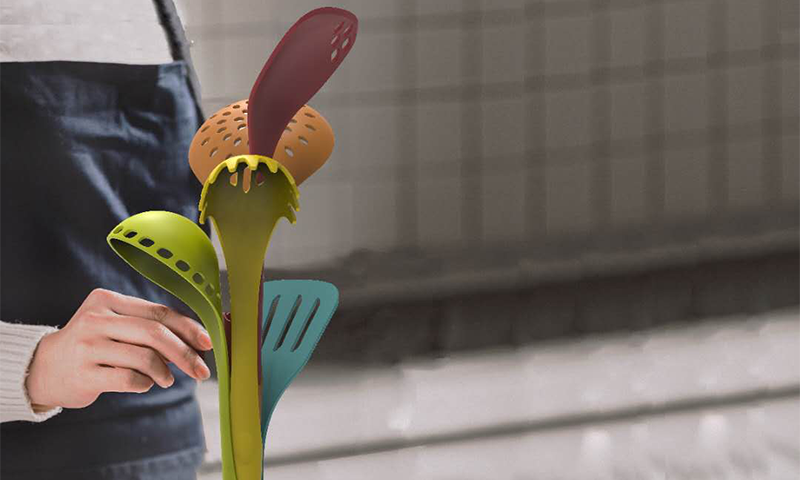
Leave a comment